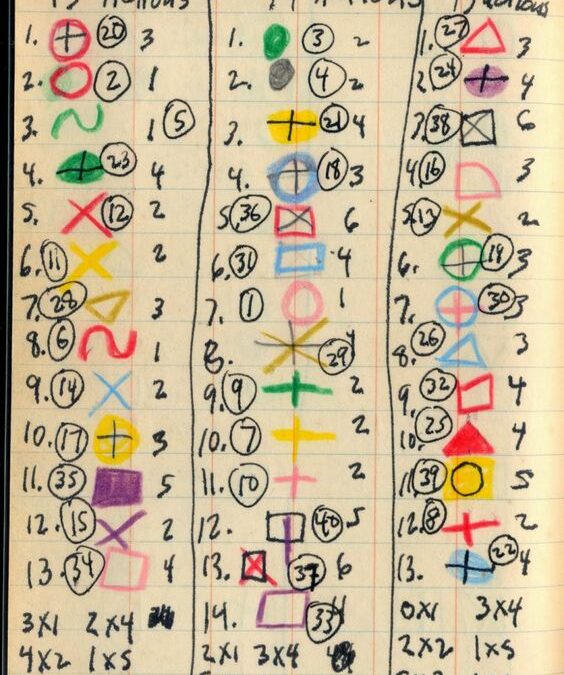Narratives that employ but a dose of wonder are quite different from full-blown fantasy. It is when the banality of the everyday is laced with wonder that we are left sorting through a mixed bag and are forced to elaborate on “possibility”. As an exercise, this sorting strengthens imagination through the process of negotiating the laws of the natural world with those of cultural construct. Experimenting with this splicing of the impossible into the natural order provokes deeper examination of concrete truths. In approaching this exercise with an attitude that permits anticipation and spontaneity, we honor the aspects of humanity that are truer than true. It is this modest application of magic that fairy tales and wonder tales share with fabulism and magical realism – the injection of magic into otherwise ordinary circumstances imbues qualities quite distinct from entirely “make-believe” worlds. It is the manner in which these narratives are narrated that distinguishes them from pure fantasy. Although possessing aspects of the fantastic, it is an ‘authorial reticence’ that allows us to enter into folk narratives with self-agency. In Magical Realism and The Fantastic, Amaryll Beatrice Chanady describes authorial reticence as the “deliberate withholding of information and explanations about the disconcerting fictitious world”. She furthers this distinction by noting that authorial reticence creates a dissociating effect on the reader in fantasy, but “works to integrate the supernatural into the natural framework in magical realism. This integration is made possible in magical realism as the author presents the supernatural as being equally valid to the natural. There is no hierarchy between the two codes”. This neutralization and integration of the magical permits us to accept that wonder is a natural part of our lived experience. We are not convinced by our narrators; we are not estranged from or seduced by the unseen and therefore effective agents in co-creating the world around us; we are informing reality, and reality is informing us. There is no hierarchy of participation in so-called reality; everything within it is working in concert.

Recent Comments